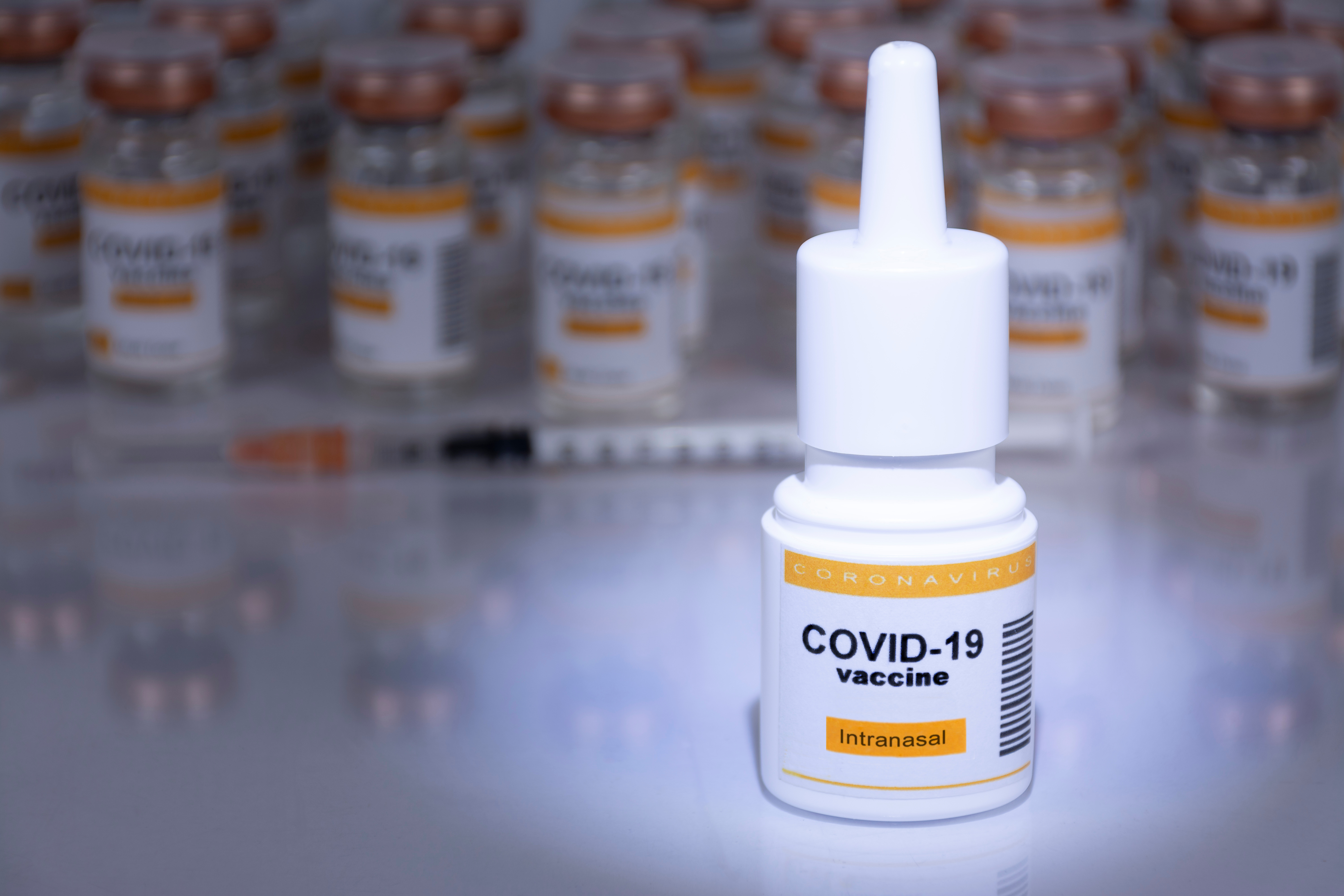RALEIGH, N.C. — For people afraid of needles, an inhalable version of the COVID-19 vaccine may soon be available. Promising results from recent studies tested show that the inhaler successfully delivered the vaccine to the lungs. Moreover, the inhalable COVID vaccine can be stored for up to three months at room temperature.
Despite multiple approved COVID-19 vaccines in the United States, researchers from North Carolina State University sought to use an inhaler to bypass some challenges when delivering a vaccine through the muscles.
“First, taking the vaccine via intramuscular shot is less efficient at getting it into the pulmonary system, and so can limit its efficacy. Inhaled vaccines would increase their benefit against COVID-19,” explains Ke Cheng, a Randall B. Terry Jr. Distinguished Professor in Regenerative Medicine at NC State, in a statement. “Second, mRNA vaccines in their current formulation require cold storage and trained medical personnel to deliver them. A vaccine that is stable at room temperature and that could be self-administered would greatly reduce wait times for patients as well as stress on the medical profession during a pandemic. However, reformulating the delivery mechanism is necessary for it to work through inhalation.”
How does the inhalable COVID-19 vaccine work?
The inhaler delivers the COVID vaccine to the lungs using a lung-derived exosome called LSC-Exo to serve as a protein or mRNA cargo. One of their studies showed that lung-derived nanoparticles were more effective at evading the lung’s mucosal lining than lipid-based nanoparticles. They also did a better job of delivering the mRNA and protein cargo to bronchioles and deep lung tissue. Researchers suggest there’s potential to expand its use with protein-based vaccines.
READ: Monkeypox 101: Here’s what you need to know about the outbreak
Using a rodent model, the team then tested the inhaler with an inhalable, protein-based, virus-like particle with a portion containing the spike protein from the SARS-CoV-2 virus.
“Vaccines can work through various means,” says Cheng. “For example, mRNA vaccines deliver a script to your cell that instructs it to produce antibodies to the spike protein. This VLP vaccine, on the other hand, introduces a portion of the spike protein to the body, triggering the immune system to produce antibodies to the spike protein.”
The inhalable COVID vaccine produced antibodies that could detect SARS-CoV-2. After two vaccine doses, the antibodies protected the rodents when exposed to the actual virus. The inhalable vaccine could also be stored at room temperature for up to three months.
While the results are promising, there are some issues that arise when scaling up production and purification of exosomes. LSC, the cell type used to create the ‘cargo’ holding mRNA or protein are currently being used in a phase 1 trial for treating people with degenerative lung diseases.
“An inhalable vaccine will confer both mucosal and systemic immunity, it’s more convenient to store and distribute, and could be self-administered on a large scale,” says Cheng. “So while there are still challenges associated with scaling up production, we believe that this is a promising vaccine worthy of further research and development.”
Both studies are published in the journal Extracellular Vesicle and Nature Biomedical Engineering.
